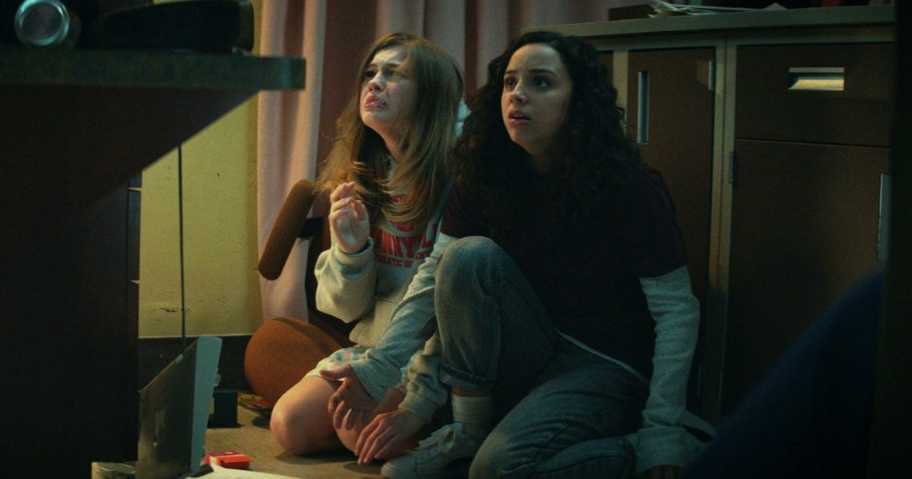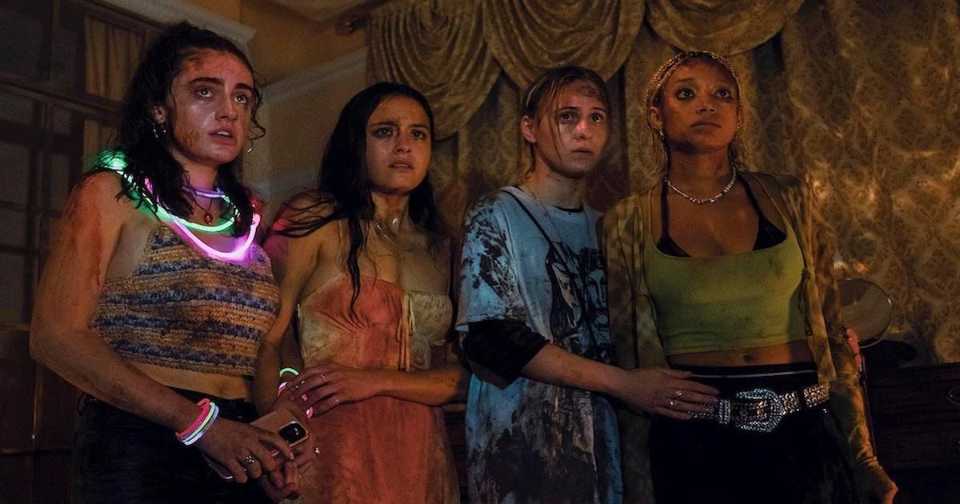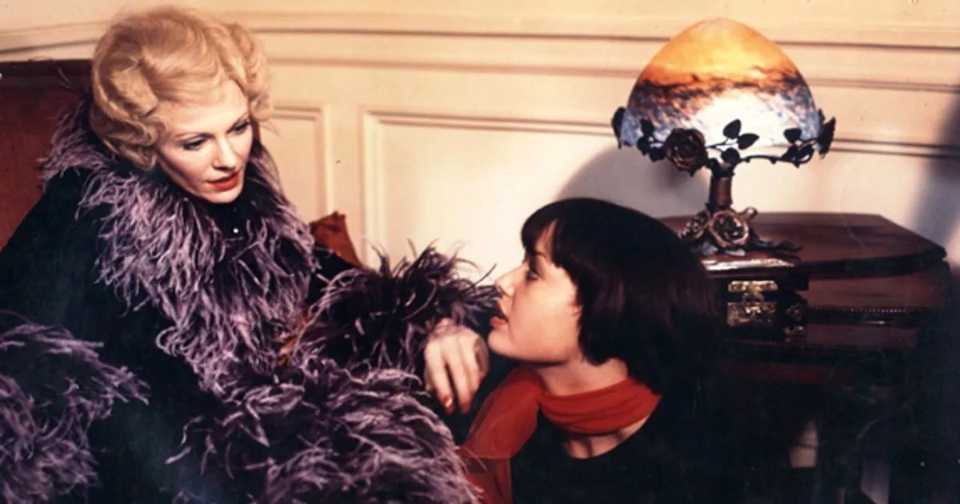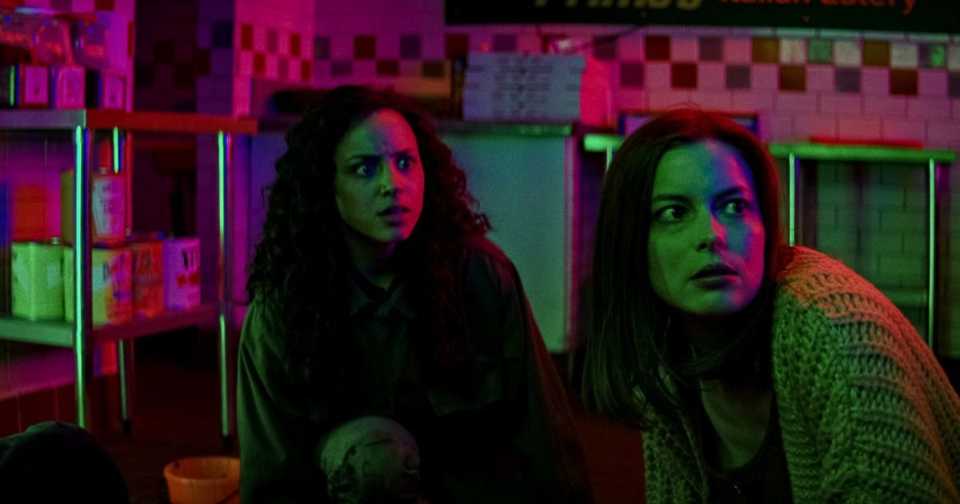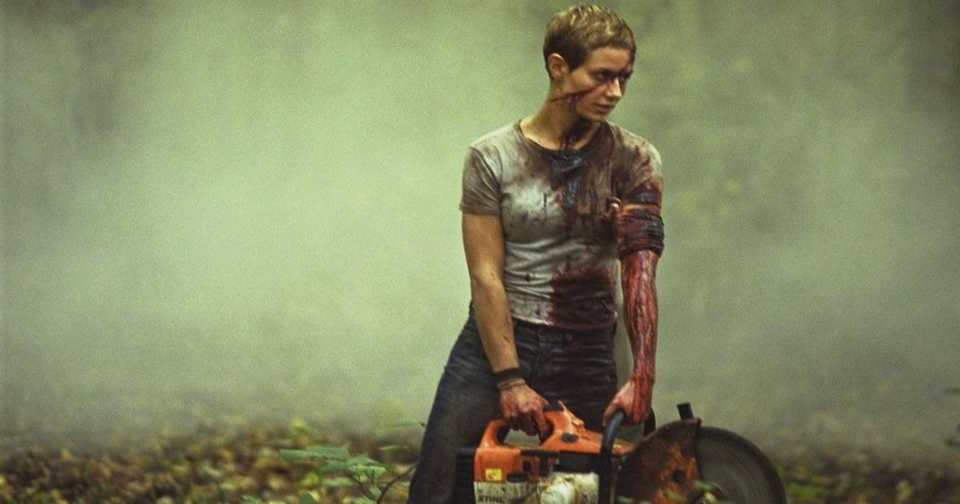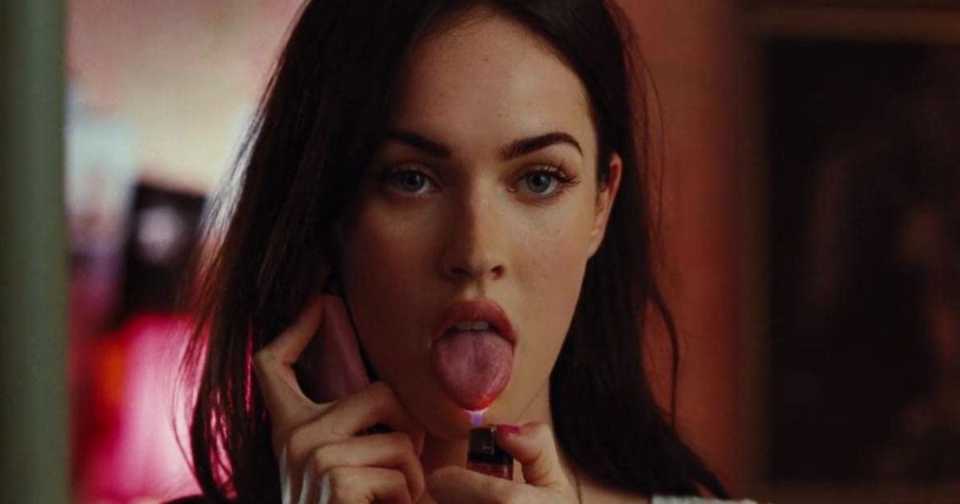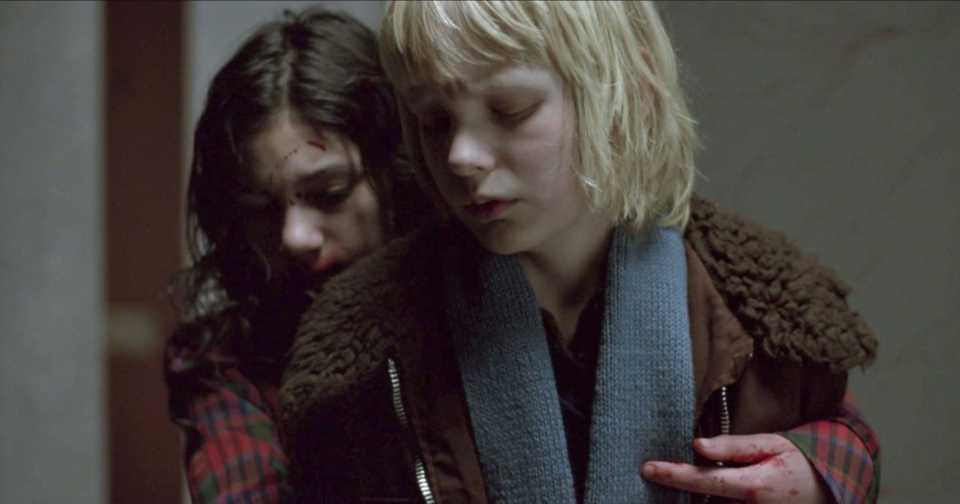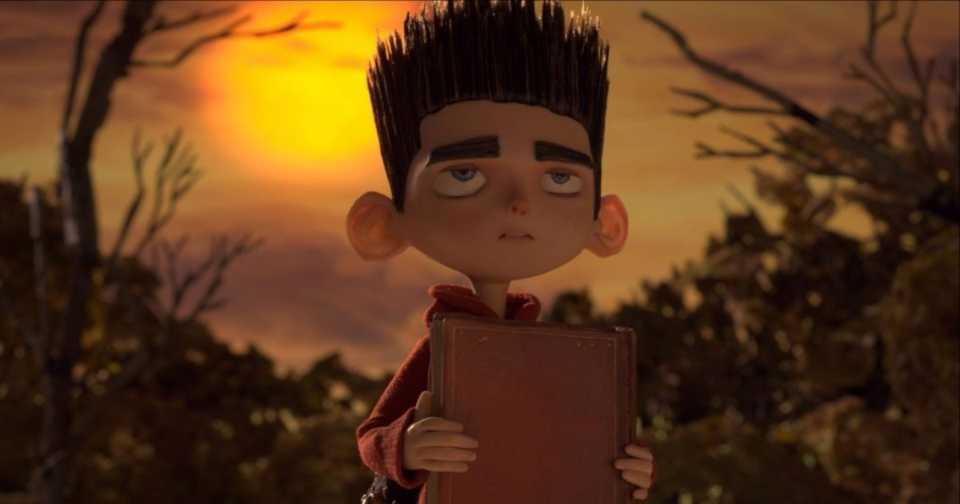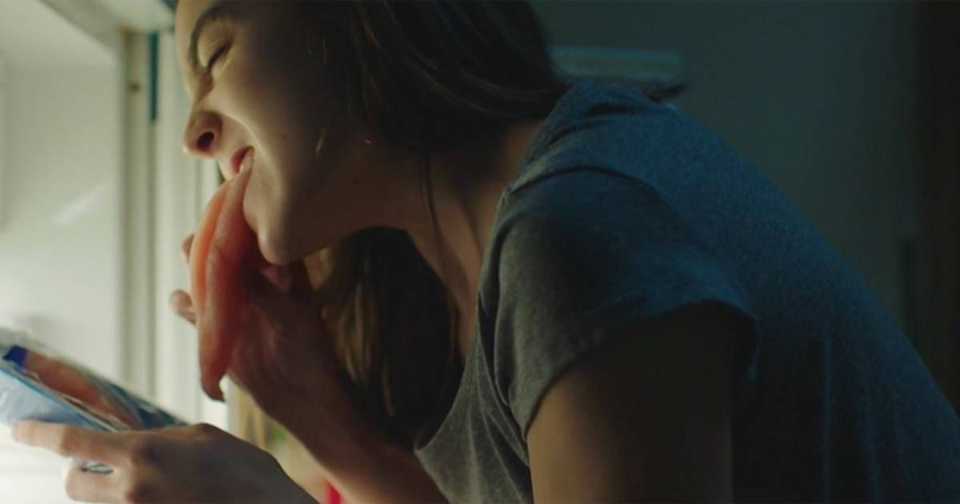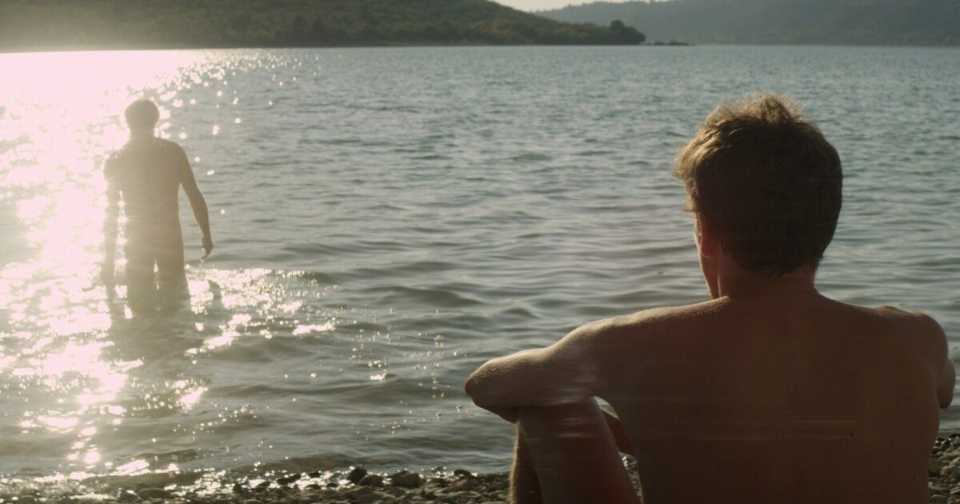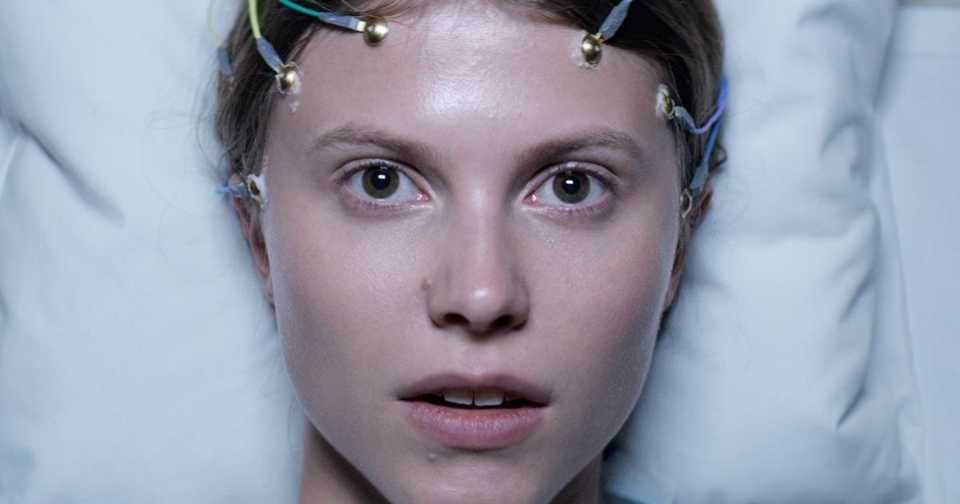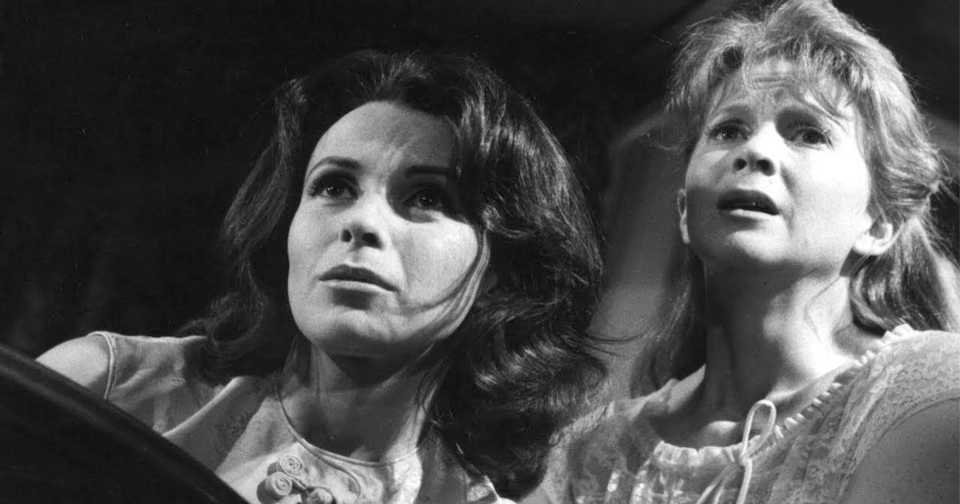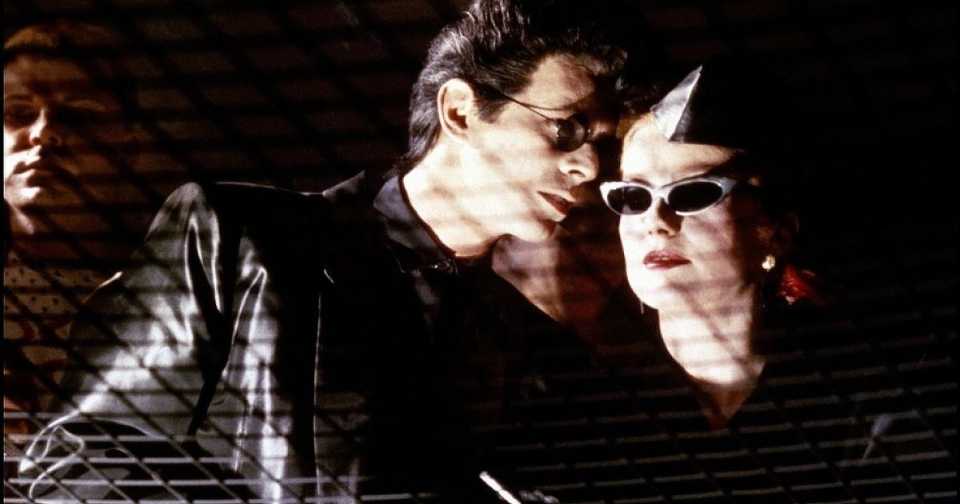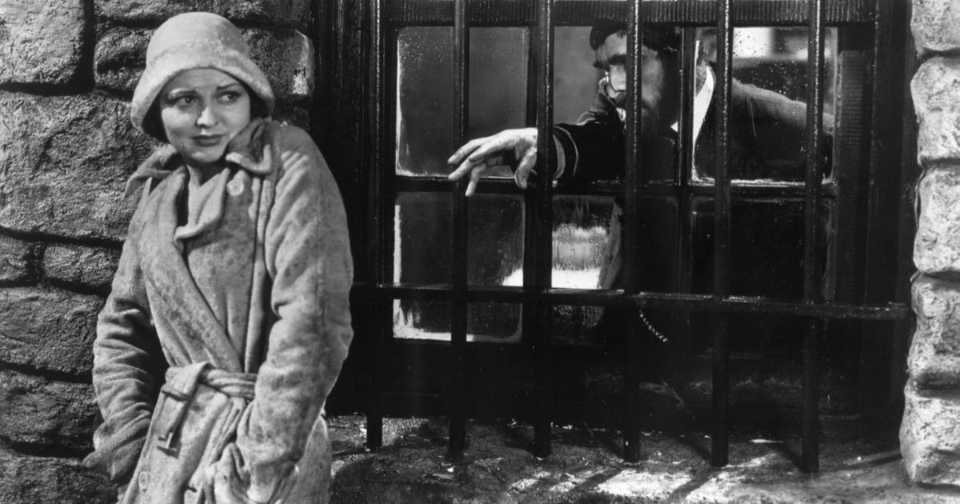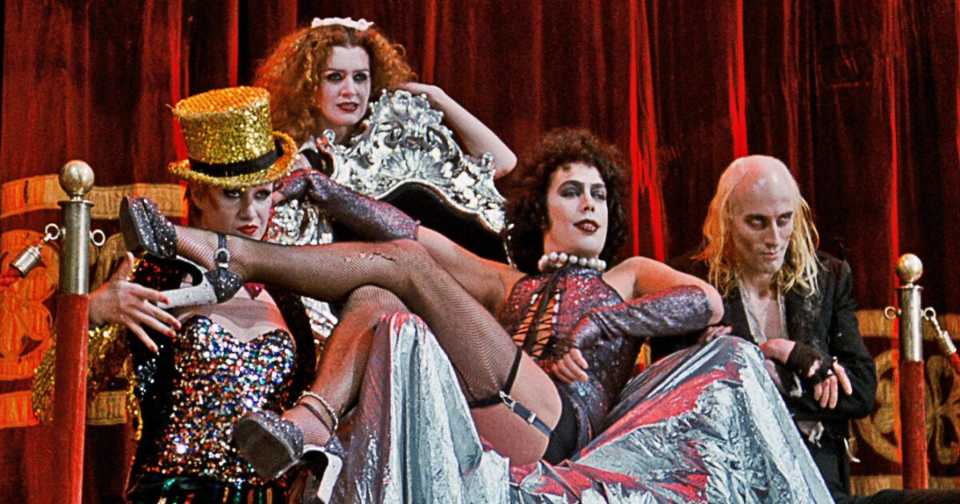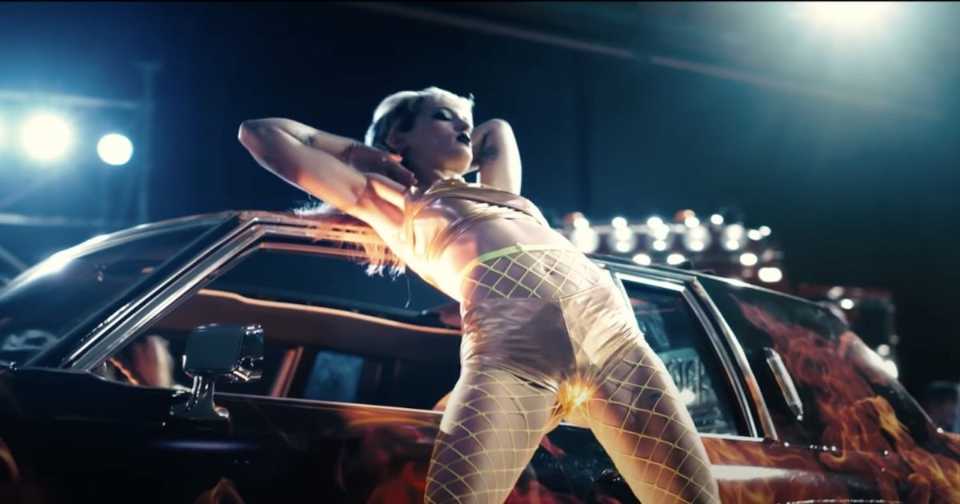For many years, the LGBTQ+ community has played a significant role in horror. Despite the fact that gay audiences have always been captivated to the genre, it hasn’t always showed them the same love. A type of representation has always been present in the works of renowned horror filmmakers like Clive Barker, Don Mancini, and Stewart Thorndike, usually on a subtextual level. Normal representations of LGBT people in horror films are rare, yet such tales are not nonexistent.
Better representation is becoming more widespread as society as a whole grows more receptive. In the world of horror, there is not only the opportunity to depict LGBTQ+ persons as everyday people, but also a vast variety of original stories to be enjoyed. Here are the top horror films for LGBTQ+ viewers.
Bodies Bodies Bodies (2022)
Bodies, Bodies, Bodies, from A24, debuted in 2022 and became an instant sensation thanks to its horror factor as well as the way it portrayed how younger generations view and experience gender and sexuality. A group of young adults decides to hold a party and play some spooky party games after becoming stranded in a secluded estate after a hurricane. But when the electricity goes out and one of the guys is found dead, everything goes horribly wrong. From that point on, the girls’ friendships as well as their survival skills are put to the test.
In contrast to previous films on this list, a queer relationship takes centre stage. Together, Emma and Sophie are in a relationship. Sophie wishes to introduce her girlfriend to her friends from the neighbourhood. Bodies Bodies Bodies is the new age of queerness in film and media, and where previous films are about the secretive nature of queer romance and sexuality, Bodies Bodies Bodies instead focuses on how these girls’ relationship is the most normal, straightforward forward, and natural part of a group of kids with psychologies and actions that aren’t exactly “healthy.”
Daughters of Darkness (1971)
The entrance of the enigmatic Countess Báthory and her assistant leads to the discovery of ladies who have had all of their blood drained from them. The Countess is unimaginably evil, yet she isn’t simply looking for victims. A newlywed bride who just so happens to be staying in the same hotel as her is the target of her attention. Both graceful and seductive, Daughters of Darkness is a masterpiece. In a great movie from the 1970s that is still a fan favourite to many, exploitation and elegance are effortlessly merged.
Fear Street Trilogy (2021)
This popular series, based on R.L. Lesbian lovers Deena and Sam (Kiana Madeira and Olivia Scott Welch) avoided knife-wielding ghouls while attempting to remove a centuries-old curse that has afflicted their village for generations in Stines’ popular books, which debuted on Netflix over a three-week period.
The trilogy, which consists of Fear Street Part 1: 1994, Fear Street Part 2: 1978, and Fear Street Part 3: 1666, was praised by critics and viewers for its entertaining plot, strong writing, and the romance between these two characters. Because there has never before been a typical representation of LGBTQ+ individuals in a horror movie, Gay Times includes these movies on their list of the top 18 movies to watch for Halloween. Their partnership successfully overcame obstacles to mainstream portrayal within the genre, and it will undoubtedly serve as an example for future films.
High Tension (2003)
Alexia and Marie, who are in love, journey to a remote farmhouse owned by Alexia’s relatives. A nasty serial killer shows up on what was intended to be a tranquil weekend, turning it into a bloody massacre. A deadly struggle of wills ensues as Marie is compelled to free her girlfriend after Alexia is kidnapped. Despite High Tension’s unfavourable Rotten Tomatoes score, movie has become a cult favourite and a terrifying new slasher. Whatever the critics may say, fans adore this movie for its outrageous surprise and gay storyline.
Interview with the Vampire (1994)
The horror classic Interview with the Vampire by Anne Rice is a classic. As movies by this stage in the 1990s generally pushed the idea through subtext and boundary blurring, no one in this movie is blatantly gay. This film, which was directed by Neil Jordan, took things a step further by showing two men who are obviously in love with one another.
We watch as Lestat and Louis, played by Tom Cruise and Brad Pitt, navigate their immortality while raising a kid together. There is a tonne of homoerotic undertone in this image, as well as a lot of vampire hunger and bloodlust. The plot was recently remade for television by AMC, and it dealt with LGBT topics more directly than the original film ever could.
Jennifer’s Body (2009)
Jennifer’s Body, a movie where the main characters aren’t overtly gay, has become a symbol for the queer community. Jennifer’s Body, which was released in 2009 and was written by Diablo Cody, the Juno screenwriter who won an Academy Award, stars Megan Fox and Amanda Seyfried as Anita and Jennifer, respectively. Despite the fact that they are best friends, these two don’t have any interests. Jennifer is outgoing and boisterous, seeking to live life to the fullest, in contrast to Anita who is quiet and inquisitive and a complete wallflower. One night as they are out and about watching a band perform, Jennifer discovers that her chance to spend the night with the band has gone terribly awry. The outcome? She has evolved into a demon that devours men.
Much of the gay legend is centred on the dynamic between Jennifer and Anita. Anita is a needy friend who follows Jennifer about like a shadow and is constantly pleading for her attention. On the other hand, Jennifer uses Anita and their friendship almost as an experiment, using her to explore the boundaries of her physicality and her needs. The two’s relationship is an example of secretive sexual feelings for one another, which are nonetheless present but are never fully acknowledged or expressed. Not to mention that many LGBT youths experienced a major sexual awakening due to the sexual character of our protagonist, Jennifer.
Let the Right One In (2008)
Let the Right One In is a hauntingly beautiful tale of two young people finding solace in one another in the midst of a hostile environment. Due to its captivating plot and depiction of a romance that looks so pure and genuine and is frequently overlooked for jump scares in the horror genre, this Swedish book-to-movie adaption has gained cult status throughout the world.
The film depicts the tale of Oskar, a youngster who experiences peer bullying on a regular basis, who befriends the odd neighbourhood boy Eli. They begin spending more and more time together, and eventually their relationship turns more amorous. From this point on, the narrative becomes progressively more sinister as it becomes clear that Eli has a unique disease that need frequent blood transfusions. Another noteworthy aspect of the film is that Eli is one of the few transgender people to play the main romantic protagonist in a big-budget film. Let the Right One In so stands out in its own right despite its provocative themes and subjects, so it is understandable that it has inspired a Showtime series adaptation.
ParaNorman (2012)
Although the horror genre is particularly notorious for keeping viewers up late into the night with their heads snugly covered, ParaNorman adds a fresh perspective to it. This film is noteworthy not just for its heartfelt, upbeat plot, but also because it included a prominent LGBTQ+ character for the first time in an animated feature in American cinema. In the film, Norman, an 11-year-old boy with exceptional abilities who can see and converse with supernatural beings, is the main character.
Through Norman’s attempts to find common ground with his family and friends, who, despite appearing to have the best of intentions, are constantly at odds with one another on opinions, ParaNorman portrays the narrative of the fundamental issues with identity children go through in their formative years. While dealing with his own problems, which are made more difficult by learning that a dreadful fate is imminent for his community, he speaks with the ghosts surrounding him, among them his late grandmother. The film shows the difficulties queer individuals face and demonstrates that it is acceptable to hold differing opinions as long as people respect one another’s choices, are able to empathise with others, and make an effort to learn more about those around them.
Raw (2016)
Due of its extreme intensity, this French movie might be the only one on this list to cause people to leave. When forced to eat raw meat as part of a college hazing ceremony, Justine, a vegetarian, goes through a terrifying transformation in her appetite. What happens next is a tale that combines cannibalism with queer attraction as she and her flatmate delve deeper into a way of life they had no idea existed.
When Raw was first released, it received rave reviews for its queer plot and prominent queer characters. If nothing else, it’s unsettling and full of women’s empowerment, but it’s also eerie and unnerving.
Stranger by the Lake (2013)
Stranger by the Lake encounters an older man named Franck who is smitten with the younger Michel. The way they met was less than ideal because Franck saw Michel commit a murder. Although he is aware that he must speak up, the desire to the murderer is too powerful for him to let anything stand in his path.
This dark erotic thriller is a heart-pounding love story that has garnered numerous independent honours. When looking for the ideal LGBTQ+ horror movie, this one is definitely not one to pass up, earning a 94% on Rotten Tomatoes and a 4 out of 4 from Roger Ebert.
Suspiria (2018)
This 2018 remake of the original movie, which was directed by Luca Guadagnino and starred Dakota Johnson, Mia Goth, and Tilda Swinton, defies expectations on all fronts, including gender and sexuality. Susie, an American woman, quickly learns that the prominent dancing academy in Berlin is operated by a coven of witches after enrolling. The woman she replaces suffers a mental and physical breakdown when she quickly moves through the ranks to lead dancer. A curious therapist and our protagonist look into the dark and deadly secrets of the academy after the startling turn of events.
The breakdown of heterosexual and “typical” power dynamics through an all-women community is a major source of Suspiria’s queerness. The dynamics between dancers in the academy turn close, violent, and sexually heated, exposing how the queerness of these women facilitates the development of alternate power dynamics. Tilda Swinton takes several parts in this movie, including the principal choreographer, head of the coven, and the male dancers’ therapist. The conflicting energy between these characters’ three positions, which is what helps produce much of the tension that our protagonist explores in the movie, is caused by their competing aims.
Thelma (2017)
Thelma departs for college against the advice of her parents, which will be her first time away from home. When she meets fellow student Anja, who unlocks in Thelma a force of suppressed emotions that causes weird things to happen to people closest to her, things start to look up. Her attempt to understand this weird new awakening is depicted in the movie, but she might discover that everyone would have been safer if she had stayed at home. This Norwegian thriller is as much a love tale as it is a horror film, offering a brand-new perspective on the supernatural thriller. It is also wonderfully photographed and thought-provoking.
The Haunting (1963)
Shirley Jackson’s The Haunting of Hill House has been interpreted in a variety of ways, but Robert Wise’s The Haunting stands out because of the connection between Eleanor and Theodora. Although there were no overt references to sexuality in the movie, there were hints that the two characters’ connection was developing.
Theo’s rejection of Luke, Nell’s description of the other girl as “unnatural,” or simply their general closeness throughout the film. Fans may disagree with this notion, but even Theodora actress Claire Bloom accepted Theo’s sexual orientation, even though the movie didn’t. The Haunting is an unofficial LGBTQ+ haunting movie, whether anyone else wanted to admit it or not.
The Hunger (1983)
In the movie The Hunger, David Bowie plays the role of John, a vampire who is in a relationship with Miriam (Catherine Deneuve), another vampire. After John passes away, Miriam realises she needs a new friend. Sarah (Susan Sarandon) enters and swiftly falls under the vampire’s enchantment. In addition to being a fantastic picture, The Hunger is listed as Collider’s fifth-best LGBTQ+ horror film for its design. It’s not hard to imagine that this movie, which is rife with ’80s excess and erotically charged moments, helped shape how most people today perceive vampires.
The Old Dark House (1932)
Even though it had a disastrous initial run in the 1930s, The Old Dark House is now considered as one of the greatest horror films ever made. The film was a masterpiece from the talented director James Whale, who was also well-known for his homosexual identity and the amazing works he went on to produce that ultimately came to define the horror genre.
The movie, which was released before to the Hayes Code, was able to explore homosexual topics much more extensively than the majority of films from that era would even dare without being constrained by censorship. The Old Dark House tells the tale of a couple who become lost during a storm at a bizarre mansion. The story begins to take an unusual turn as the night falls and the storm drags more people inside the strange Femm family’s home. Although it initially bombed, this movie subsequently served as an inspiration for the legendary The Rocky Horror Picture Show. As a result, it fell into obscurity. This movie gained the well-deserved distinction of cult classic thanks to its rediscovery in the 1960s, when a remake was made.
The Rocky Horror Picture Show (1975)
Even if they’ve never seen it, everyone has at least heard of this timeless film. In The Rocky Horror Picture Show, a couple’s journey to a remote castle after their car breaks down is followed. Rocky Horror Picture Show has a huge cult following and is regarded as one of the best films ever produced. What they stumble across is a convention hosted by the seductive Dr. Frank N. Furter (Tim Curry), the self-proclaimed “sweet transvestite from Transsexual Transylvania.”
The movie has inclusion as one of its major themes, and it features several characters who are dressed flamboyantly and flashily. It’s a movie that welcomes all viewers. Fans frequently recreate musical acts while dressed as the characters. The fact that this movie has such a devoted and expanding fan base accounts for it having the longest-running theatrical run in cinema history for the past 40 years.
Titane (2021)
When we discuss LGBTQ+ films, we frequently refer to stories that are primarily about sexuality. Gender-related issues don’t always pass muster. With the movie Titane, this is unquestionably not the case. This protagonist, who follows a woman with a titanium plate in her head, has aggressive impulses and a bloodthirsty streak that often land her in hot water. She kills numerous people in their home before escaping the law by doing what they don’t expect: turning into a guy. Our main character then makes their way to a firefighter’s home where she is forced to maintain a number of secrets from the men living there and their father figure.
With numerous violent and graphic moments that make viewers cringe, Titane is incredibly frightening and uncomfortable. Titane also challenges gender conformity in a way that prompts spectators to reconsider conventional gender roles, but this may not be for everyone. The movie aims to alienate viewers from gender stereotypes that are normally reinforced by media such as movies and popular culture through the way the protagonists dress, act, and exhibit their sexuality.

